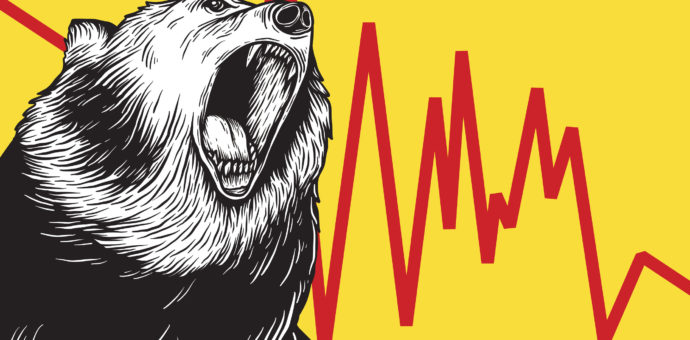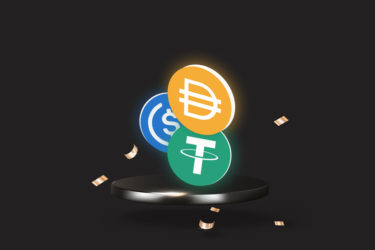Although they are promising and profitable, the crypto-coins still have one of the main obstacles to extreme volatility. Proof of this was Bitcoin’s recent performance, which fell from about $ 20,000 to about $ 6,000 in four months. This series of price swings make it challenging to use in real-life transactions.
For some, the solution to volatility is stablecoins. One of the best-known examples is the Tether, which has been trading since 2015, 1 to 1 with the dollar. However, there are other stablecoins as well as new versions of these assets are expected to enter the market.
One of the cases is Facebook, which is creating a stablecoin within WhatsApp. JPMorgan Chase also developed a currency to accelerate payments among corporate clients.
Given this, Bloomberg has prepared a guide on the stablecoins. See the main excerpts:
What are stablecoins?
They are digital assets developed in a way that maintains their value. That is, they represent the milder type of volatility seen in traditional currencies. Tether, for example, almost always is traded for about $ 1.
How is this done?
Two ways. Collateralized (or guaranteed) stablecoins are tied to another asset, such as the US dollar, national currencies or commodities. Issuers maintain the currency value by holding the assets to which they are attached.
Other stablecoins are tied to the price of other digital assets, such as ether. Stablecoins of this type usually employ algorithms to manage the supply and demand of the currency, so that its circulation corresponds to what is held in reserve.
How many stablecoins are there? In February, there were more than 50. Of this total, 26 had already been released. It is expected that most of the remainder will be released in 2019, according to Blockchain.com research. According to the study, the market value of stablecoins was $ 3 billion, more than double the previous year.
Why are these coins popular?
The stablecoins can be a bridge between two worlds – cryptocurrencies and traditional finances. This fact makes them useful as they can work as a way to secure gains from the buying and selling of crypto or can serve as a haven if investors find that there is a downturn.
Also, they can also streamline, accelerate, and make purchases and money transfers cheaper by using blockchain instead of the traditional payment infrastructure.
What is the project that Facebook is developing?
The company is creating a stablecoin for money transfers via WhatsApp. Besides, it can be used to buy merchandise from thousands of merchants on the social network. The prospect is that Facebook’s stablecoin could start functioning as a checking account, which would be used by about 1.7 billion adults worldwide without a bank account.
What about the JPMorgan project?
The company says it will use its JPM Coin to allow for quick cash transfers among its corporate customers in an internal blockchain. It will be a closed and centrally executed system, in contrast to many other crypto-coins.
How do stablecoins companies make money?
Employing interest and taxes. Tether’s bank statement reviewed by Bloomberg News revealed that the gain was $ 6.6 million in interest since the beginning of the year, according to the July 2018 paper. Charges for deposits and withdrawals of fiat money.
What is the future of stablecoins? The stablecoins may be the product that will convince the mass that the cryptocurrencies deserve credibility. In the long run, if a national government decides to issue money in digital format, this would represent a significant leap in the stablecoins market. Assuming the country has a strong track record of maintaining its national currency, such as the US dollar.
What are the risks?
That depends on which stablecoin. Those linked to digital assets, such as ether, could break if the same thing happened to assets. Collateral stablecoins are at risk of fraud. Moreover, like any asset, digital or tangible, there is the risk of manipulation of the secondary market. Therefore, there could be a distortion of the values of the coins.







